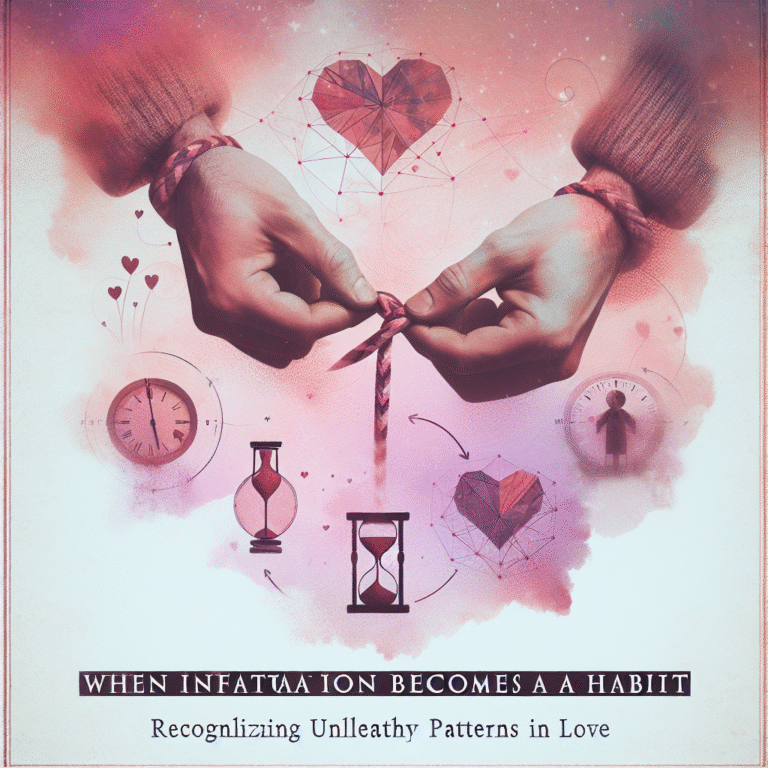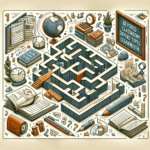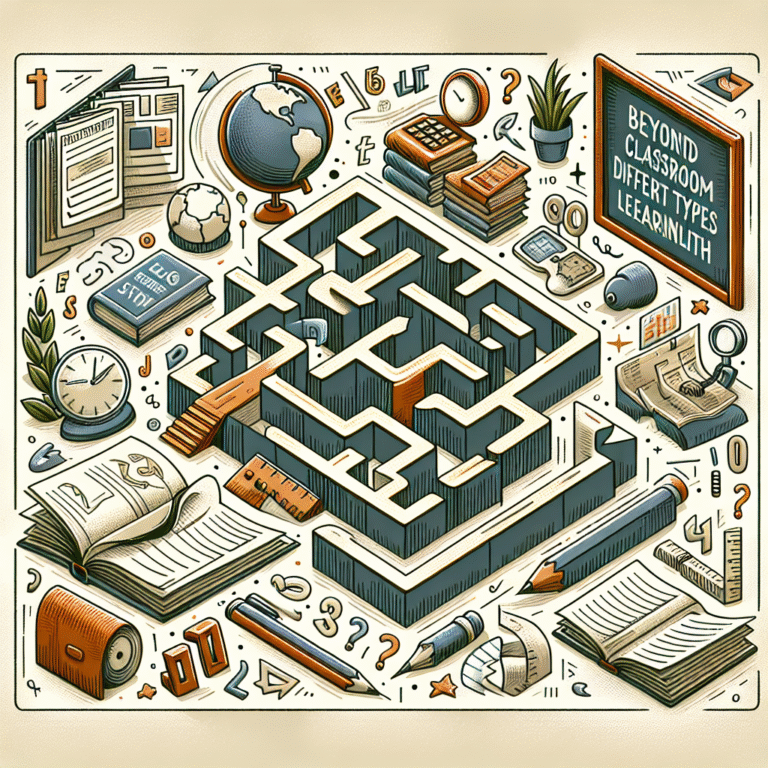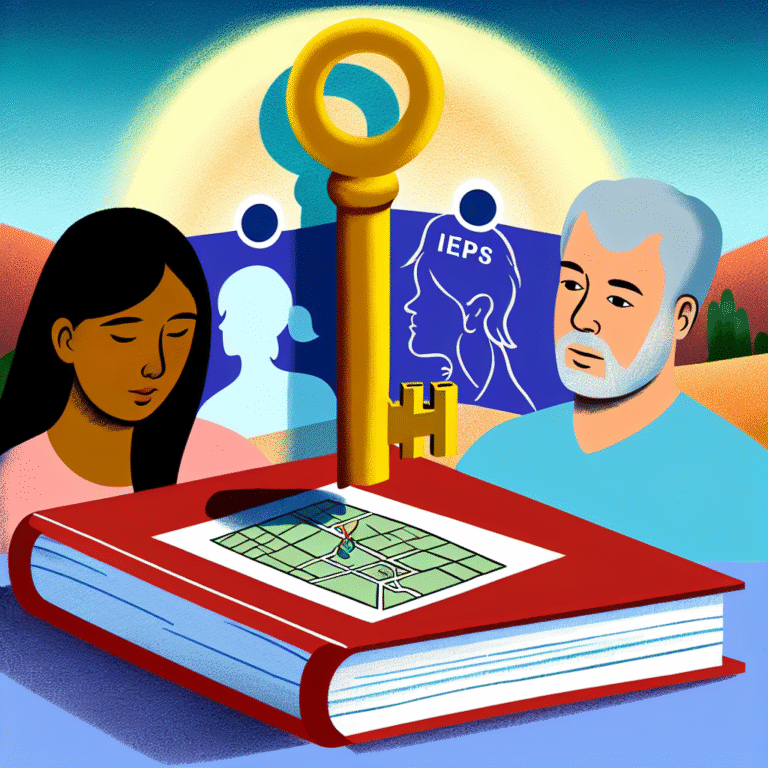
Introduction
In an age dominated by digital distractions and rapid-fire communication, the ability to listen effectively is more critical than ever. The Art of Listening: How Communication Patterns Shape Relationships isn’t just a skill—it’s the bedrock upon which meaningful connections are built. Listening transcends mere hearing; it encompasses understanding, empathy, and the layers of non-verbal cues that often communicate more than words themselves. This comprehensive guide will explore how mastering the art of listening can transform interactions and foster deeper, more fulfilling relationships.
The Essence of Listening
Understanding the Difference: Hearing vs. Listening
At first glance, hearing and listening may seem synonymous. However, the distinction is crucial. Hearing is a passive physical act, while listening requires active engagement. To illustrate this, consider a common scenario: a couple at dinner. One partner may hear the other speak about their day but, in reality, isn’t paying attention. They nod absently, missing the emotional nuances woven into the conversation. This example highlights how active listening entails genuine focus on the speaker’s words, tone, and body language.
The Psychological Underpinning of Listening
Listening activates different cognitive processes than speaking. Research in psychology shows that while speaking pertains to self-expression, listening involves empathy and emotional intelligence. According to psychologist Dr. John Gottman, effective listening can predict relational success more accurately than any other communication skill. By embracing The Art of Listening: How Communication Patterns Shape Relationships, individuals can unlock the potential for deeper understanding and connection.
The Impact of Communication Patterns
Non-Verbal Cues: The Silent Communicator
Communication is not just about words; in fact, studies indicate that 93% of communication is non-verbal. This includes body language, facial expressions, and even silence. A person’s crossed arms might signal defensiveness, while leaning forward can convey interest. The significance of non-verbal cues cannot be overstated in The Art of Listening: How Communication Patterns Shape Relationships. For example, in a business meeting, a manager must not only listen to verbal feedback but also interpret non-verbal signals from team members to gauge their true feelings about a project.
Table 1: Non-Verbal Communication Cues
| Non-Verbal Cue | Possible Interpretation |
|---|---|
| Crossed Arms | Defensive or closed-off |
| Eye Contact | Engaged or interested |
| Lack of Eye Contact | Disinterest or discomfort |
| Nodding | Agreement or understanding |
| Leaning Forward | Interest and encouragement |
Patterns of Communication: The Role of Intentionality
How we communicate often reflects our intentions. In relationships, whether personal or professional, intentionality is vital. When both parties understand their communication patterns, they collaboratively create a space for openness.
Take the example of a mother and daughter relationship, where open communication leads to mutual understanding. If the mother actively listens and validates her daughter’s feelings, their bond strengthens. Conversely, if the daughter feels dismissed, misunderstandings may arise. These different communication patterns illustrate how The Art of Listening: How Communication Patterns Shape Relationships can significantly impact family dynamics.
Case Studies in the Art of Listening
Case Study 1: Couples Therapy
Dr. Julie Schwartz Gottman employs listening techniques in her couples therapy sessions to foster healthier interactions. In one particular case, a couple was on the verge of separation due to constant misunderstandings. By implementing active listening exercises, they learned to reflect on each other’s statements and emotions. The result? Over time, they began to understand the underlying issues in their relationship. This case shows how The Art of Listening: How Communication Patterns Shape Relationships can lead to profound change.
Analysis: This case highlights that implementing structured listening techniques in a relationship can resolve deep-seated issues and foster a climate of mutual respect.
Case Study 2: Workplace Communication
At an established marketing firm, team productivity was suffering due to poor communication. The management introduced a listening training program, emphasizing The Art of Listening: How Communication Patterns Shape Relationships. Employees learned strategies such as summarizing what others said and asking clarifying questions. Within months, the team noticed significant improvements in collaboration and morale.
Analysis: By investing in listening skills, the firm transformed its workplace culture, demonstrating how effective listening can enhance relational dynamics and thus drive success.
Enhancing Your Listening Skills
Active Listening Techniques
To truly master The Art of Listening: How Communication Patterns Shape Relationships, consider integrating the following active listening techniques into your daily interactions.
Empathetic Responses: When someone expresses a feeling, respond with empathy to signal understanding. For example, “I can see you’re really stressed about this.”
Reflective Listening: Paraphrase or summarize what the speaker has said to ensure clarity. For instance, “So, what you’re saying is…”
- Ask Open-Ended Questions: Encourage deeper conversation by asking questions that cannot be answered with a simple "yes" or "no." For example, “How did that experience make you feel?”
Building an Environment of Trust
A critical element of effective listening is creating a safe environment for open dialogue. This includes:
- Minimizing Distractions: Try to engage in discussions in quiet places where both parties can focus.
- Being Present: Put down your phone or other distractions to demonstrate your commitment to listening.
- Encouraging Vulnerability: Let others know that it’s safe to share their thoughts and feelings without judgment.
The Ripple Effect of Listening on Relationships
Every interaction we have is a thread in the intricate tapestry of our relationships. By practicing The Art of Listening: How Communication Patterns Shape Relationships, we not only enhance our own lives but also positively impact those around us. Good listeners foster kindness, understanding, and trust, creating an abundance of goodwill.
Conversely, poor listening can lead to conflicts, misunderstandings, and fractured relationships. By recognizing the far-reaching implications of listening, individuals can appreciate the value it brings to their lives.
Conclusion
The ability to listen effectively—truly listen—is a skill that significantly shapes interpersonal dynamics. This guide has illuminated the importance of understanding not only the act of listening but also the communication patterns that accompany it. Engaging with The Art of Listening: How Communication Patterns Shape Relationships can forge deeper bonds, foster empathy, and promote emotional connection.
As we conclude, take a moment to reflect: how can you integrate the art of listening into your daily interactions? Remember, every conversation is an opportunity to build a bridge, rather than a wall. Embrace it, and watch your relationships flourish.
FAQs
1. What are the main benefits of active listening?
Active listening enhances understanding, reduces conflict, and builds trust in relationships, whether personal or professional.
2. How can I improve my listening skills?
You can improve your skills by practicing techniques like summarizing, asking open-ended questions, and minimizing distractions during conversations.
3. Why is non-verbal communication important in listening?
Non-verbal cues convey emotions and intentions that verbal communication might miss, making them crucial for effective listening.
4. Can listening skills be learned?
Yes, listening skills can be developed over time with practice and intention, as proven by various communication training programs.
5. How does poor listening affect relationships?
Poor listening can lead to misunderstandings, conflicts, and a breakdown of trust, resulting in weakened relationships both personally and professionally.
By applying these insights, you can cultivate The Art of Listening: How Communication Patterns Shape Relationships in your own life, ensuring that every conversation is a step towards building lasting connections.















